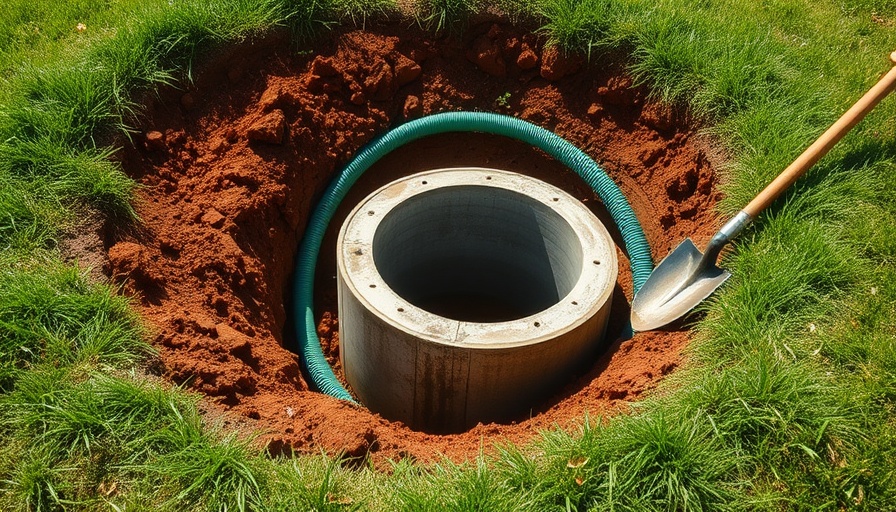
Discovering Your Septic System: A Step-by-Step Guide
Finding your septic tank may seem like a daunting task, especially if you’ve recently moved to a home in a rural area or an older neighborhood. But fear not! This crucial step in home maintenance doesn't have to be a mystery.
The Importance of Knowing Your Septic Tank Location
Understanding where your septic tank is located is vital for several reasons. Not only does it aid in proper maintenance, but it also helps avoid costly repairs. Regular inspections and pumping are essential to ensure your system is functioning effectively.
Simple Ways to Uncover the Hidden Tank
1. **Check Your Property Records:** The easiest way is to consult property records or blueprints, which often show where the tank is installed. Many counties provide access to these documents online.
2. **Look for Surface Indicators:** In the absence of documents, inspect your yard for clues. Grassy patches, depressions, or a general lack of vegetation may indicate the tank's location.
3. **Follow the Plumbing Lines:** Locate your home’s main sewer line. Generally, the septic tank is situated within 10-20 feet of the house built in a straight line from that line.
When to Call for Help
If you’re struggling, reaching out to a local professional can save you time and stress. They have the experience and tools to locate your tank efficiently and can provide advice on maintenance best practices.
Taking Care of Your Septic Tank
Once found, understanding your septic tank system will ensure its longevity. Regular maintenance, including pumping every three to five years, keeps your system healthy and prevents backups, thereby protecting your home and your investment.
Knowing how to find and maintain your septic tank could save you from significant headaches down the road. Start your search today and take the first step towards responsible home ownership!
 Add Row
Add Row  Add
Add 




 Add Row
Add Row  Add
Add 

Write A Comment